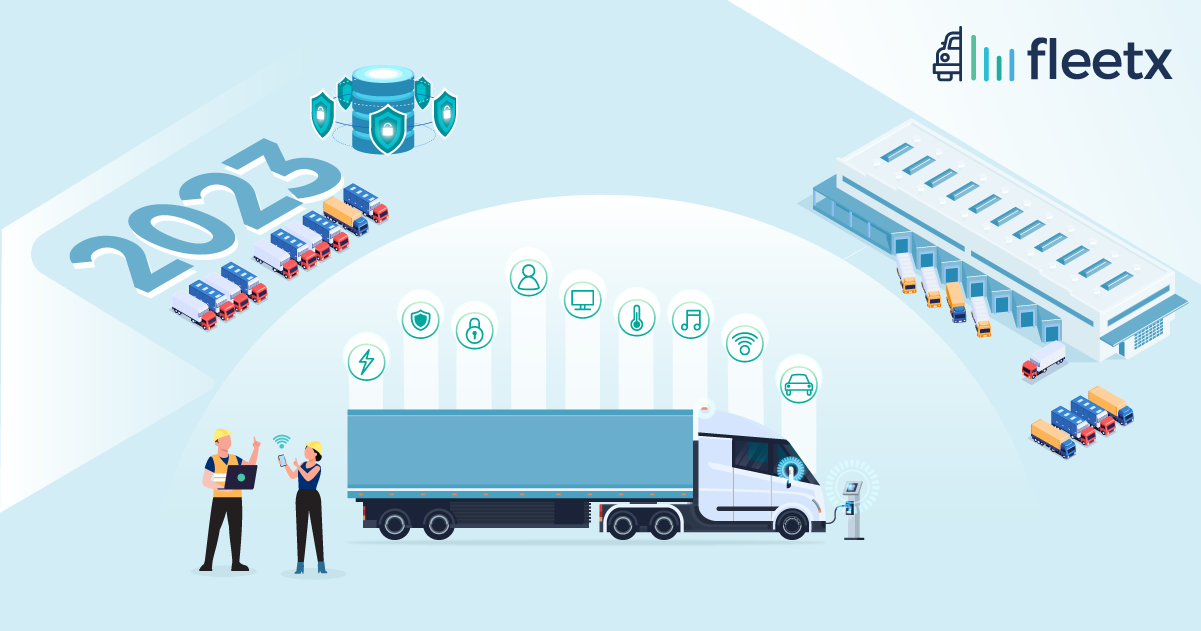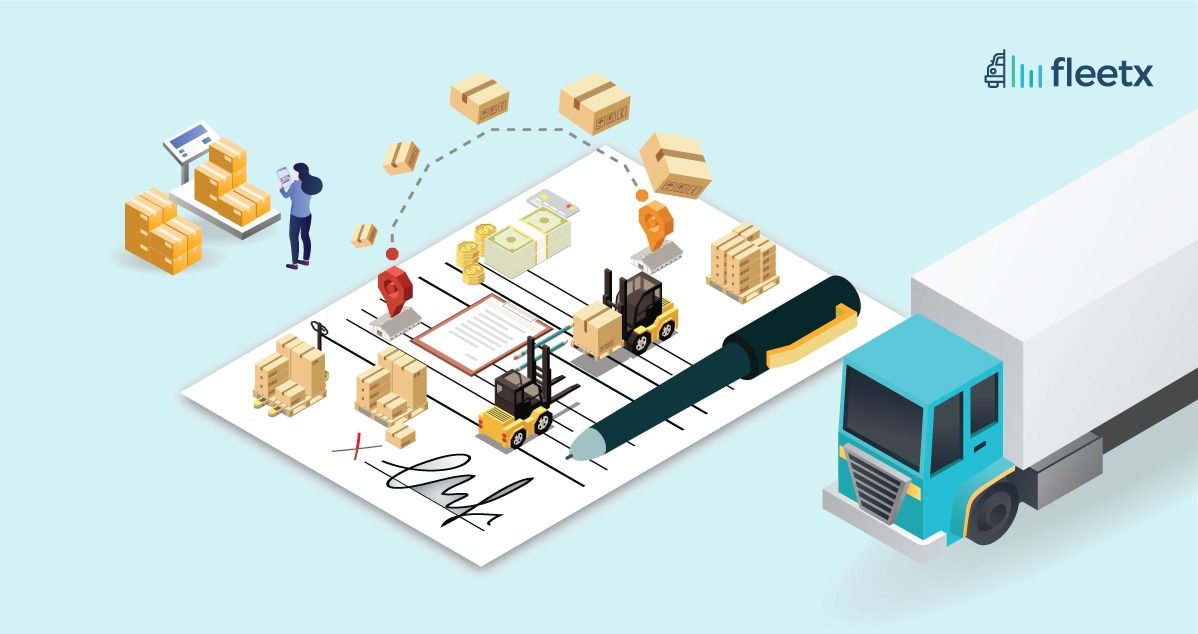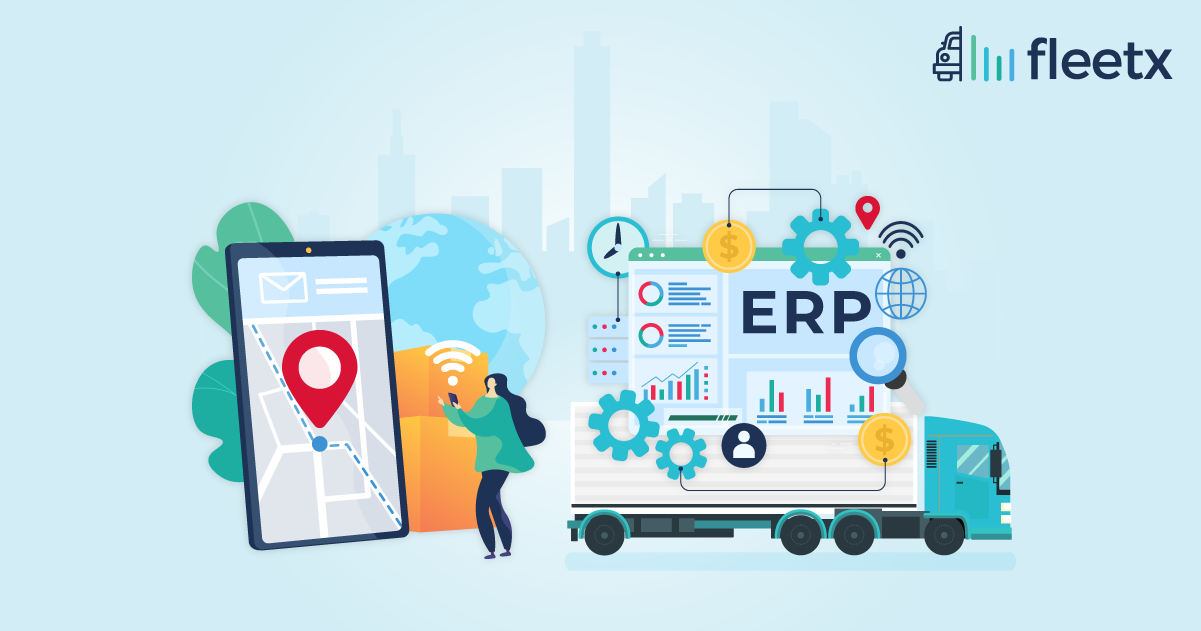
The logistics sector has witnessed a rough time in the past few years, becoming fragmented, volatile, and unpredictable. However, with the aid of the new dynamics of the future logistics market, it has begun to stand up again. In order to guarantee the satisfaction of business needs, it is now crucial to predict, change, and adapt to the dynamics of the logistics industry.
The logistics and fleet industry has seen significant change, which has increased efficiency, reduced costs, and enhanced customer service. The adoption of new business models and operational procedures, along with the use of emerging technologies like automation, data analytics, and the Internet of Things (IoT), have all contributed to this success. Additionally, transformation has aided businesses in meeting customer demands and remaining competitive in a market that is constantly changing.
Fleet managers, transporters, and businesses must build new technologies and modules for their operations in order to be ready for such a market. In the upcoming years, it is anticipated that the constantly changing transportation and logistics sector would bring about some important changes. In 2023, the fleet and logistics industries are expected to see the following major changes:
- Increased Adoption of Electric Vehicles (EVs) and Alternative Fuel Vehicles (AFVs) in Fleet Operations: Governments around the world are enacting stricter emissions regulations to reduce pollution and tackle climate change. As a result, fleets are expected to increasingly adopt EVs and AFVs, such as hydrogen fuel cell vehicles and natural gas vehicles, to meet these regulations and reduce their environmental footprint. In addition, major global firms from around the world have banded together to decrease carbon emissions. Advanced route optimization, which employs AI to discover the quickest path, further reduces fuel costs, carbon emissions, and improves fleet utilization.
Greater Use of Video Telematics and Connected Vehicle Technology: Video telematics systems with camera integration, vehicle telemetry data, GPS, and other sensors to track and monitor vehicle performance and driver safety and coaching have become increasingly popular in recent years. In 2023, it's expected that more fleets will use telematics to optimize their operations, including real-time data on vehicle location, fuel consumption, and driver behavior.
- Cloud-Based TMS: Businesses that deal with transportation are increasingly turning to cloud-based TMS solutions as their preferred option. A TMS solution that is cloud-based provides total visibility across the logistics network. This assists the operations team in better managing supply chains by providing a platform for enhanced dispatch and load capabilities, indent insights, real-time bidding, and 3rd party AI integration, among other things. TMS, with its capacity to scale as needed, provides organizations with a scalable solution to address new industry trends and market movements. Businesses that implement digital logistics solutions can help bridge essential gaps for seamless data sharing and centralized control, facilitating strategic decision-making.
- Advanced financial reporting & analytics: To keep up with the modern trends and understand customer expectations, real-time analytics holds the key. ERP solutions can help transporters and fleet managers manage data most efficiently. This centralized and integrated solution can help transporters improve efficiency and reduce costs by automating and streamlining processes such as inventory management, order tracking, maintenance, driver salaries, toll charges, fuel charges, etc. Advanced analytics can help with insights on the overall revenue rate.
- Increased Focus on Safety and Compliance: Fleet operators are facing increased scrutiny from regulators and insurance companies as concerns about vehicle safety and compliance continue to grow. In 2023, fleet operators will need to focus on safety and compliance to stay competitive and avoid penalties.
- Emergence of New Business Models: The fleet and logistics industry is ripe for innovation, and new business models such as pay-per-mile insurance, video telematics, GPS based tolls and subscription-based vehicle access are expected to emerge.
- More Use of Data Analytics: Data analytics can help fleet operators make better-informed decisions, optimize operations, and improve their bottom line. In 2023, more fleet operators are expected to adopt data analytics to gain insights into their operations and improve performance.
- More Intense Competition: The fleet and logistics industry is becoming increasingly competitive, as traditional automakers and rental car companies compete with new entrants like ride-hailing companies and technology startups. In 2023, fleet operators will need to stay agile and adapt to changing market conditions to stay competitive.
To Conclude
With the digitization of the logistics industry, there will be more changes in the upcoming years. The key takeaway for fleet and logistics industry trends in 2023 is the increasing adoption of advanced technologies such as autonomous vehicles, internet of things (IoT) and artificial intelligence (AI) to optimize operations, improve efficiency, and reduce costs. The industry will also see a growing focus on sustainability and green initiatives such as electric vehicles and carbon footprint reduction. Companies that can effectively leverage these trends will be well-positioned for success in the coming year.
To thrive in the fast changing logistics sector, even logistics organizations will need to reevaluate their business plans. The key for today's leaders to overcome the difficulties will be integrating cutting-edge technologies and being adaptable to the changing environment, even while uncertainty continues to be a major problem.







